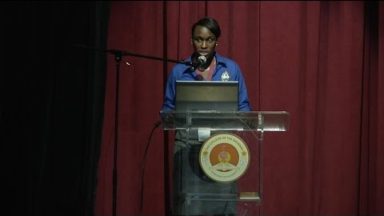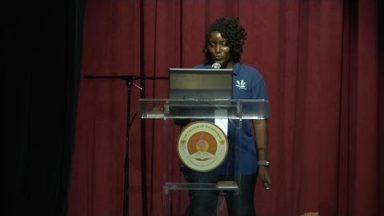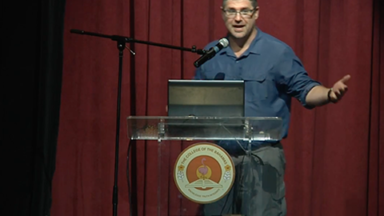Using Citizen Science to Help Protect An Endangered Shorebird
Presented by Brendan Toote, A’Nyce Butler, and Anishka Morris
Brendan Toote, Anishka Morris, A’Nyce Butler, Shannan Yates, and Scott Johnson
The Piping Plover (Charadrius melodus) is a small, highly endangered migratory shorebird that depends on the Bahamas for its annual survival. There are three nesting populations in North America: the Northern Great Plains, The Great Lakes and the Atlantic. Every year, these populations migrate to the southern U.S., Mexico, Cuba and the Caribbean to spend the winter. Although researchers knew about their wintering grounds in the southern US and Mexico, it wasn’t until 2006, when the Audubon Society, the Bahamas National Trust with support from Environment Canada surveyed The Bahamas and confirmed their presence. Connectivity studies in 2010 confirmed that the Bahamian birds were from the Atlantic breeding population and during the 2011 International Plover Census, over 1000 Piping Plovers were found across The Bahamas, representing almost 20% of that population! This find identified The Bahamas as a critical wintering habitat for this endangered species. The International Plover Census is conducted every five years, is coordinated by U.S. Geological Services and in the Bahamas BNT and involves the help of both U.S. researchers and increasingly local Bahamian participants. Citizen science has been an important tool to bridge the gap between science and communities and this year’s census, students from the college of the Bahamas participated in the research work and will present on their experiences and findings.







Recent Comments